 Black Arms to Hold You Up
Black Arms to Hold You Up
Cartoonist: Ben Passmore
Publisher: Pantheon Graphic Library
Publication Date: October 2025
Review by Ian Thomas
There is a propensity for Black histories produced for mainstream audiences — e.g. published by mainstream or widely distributed channels — to elide the hiccups, false starts, hypocrisies and incongruities inherent in the movements they seek to portray, thereby stripping them of their character and substance. Reasons for this are probably too complex to unpack in a short review like this, but they encompass notions of safety, respectability, and, of course, marketability. In the end, any book on a subject that may not otherwise reach its audience is better than no book, and if it gestures at the subject’s character, even in a simple telling, all the better, but there is a dearth of material that is willing to satisfactorily reckon with the slow work and the dead ends that come with resistance and revolution.
In cartoonist Ben Passmore’s latest, Black Arms to Hold You Up: A History of Black Resistance (Pantheon Books), he handily clears the pitfalls attendant to collapsing labyrinthine histories into straightforward narratives. Rather than taking on the impossible task of distilling events and movements down to agreed-upon facts, talking points, or cultural contributions, he tries to find his own place in them. The story opens on the protagonist, Ben, lounging in an easy chair, clothed in sweats and slides, viewing footage of Philando Castile’s fatal shooting in 2016 by St. Anthony Police Department officer Jeronimo Yanez on his phone. The killing, which took place in the view of Castile’s daughter and his girlfriend, Diamond Reynolds, drew international outrage when Reynolds shared video of the exchange and the moments that followed on Facebook Live. Passmore shows both sides of the exchange in the same speech bubble, elucidating the tinny compression that accompanies life viewed at the remove of a smartphone screen, but only depicts the aftermath of the event, as Officer Yanez keeps his gun trained on the driver, now dying, and Reynolds pleads with Castile to “Stay with me, baby!”
The resultant civil unrest is revealed to be right outside Ben’s front door, as his father passes burning police cars and BLM and anarchist graffiti on the path to visit him. Garbed in kente cloth, a beret festooned with Black Power buttons sits atop his long, white dreadlocks. He scolds his son for being inside, rather than in the streets, “fighting for liberation.” As he rifles through the bag of revolutionary texts his father brought, Ben questions his place in that fight, intuiting that his biracial identity would render him unwelcome among the protestors, who he says will mistake him as white. “I’d be better off with an actual cannon than some dusty books by old, sad Black people,” Ben tells his father.
The punny exchange renders these grave concerns in a lighthearted way, but the existential nature of the conversation is deeply felt and culminates with Ben’s father slapping him in the head with a copy of Carnival of Fury, William Ivy Hair’s account of the New Orleans race riots that followed African-American activist Robert Charles’s gunfight with white police in July of 1900.
In true comics fashion, this blow to the head unsticks Ben in time and he awakens as a witness to the events that led to Charles’s rebellion, kicking off a tour of the myriad Black rebellions and uprisings of the last century, which unspool as a series of vignettes observed (and commented upon) by our protagonist.
Despite the gravity, Passmore’s reckoning with armed resistance strikes a consistently humorous tone—“Yo Dad, beam me up, I’m not getting killed by Gone with the Wind bullets!” But Black Arms is funny in an “If I don’t laugh, I’ll cry.” kind of way. The resistance and movement-making to which Ben bears witness time and again feels wholly just, wholly inevitable, and wholly doomed from the start. “And if Black people tried to organize? If they tried to defend themselves,” Passmore wonders against a striking montage of uprisings. “Well the history of white race riots speaks for itself.”
Likewise, Passmore is unwavering in the Anarchist perspective that colors the majority of his work to date — such as Your Black Friend, and Sports Is Hell — which makes the case for eschewing hierarchies in favor of egalitarian self-rule. Passmore illustrates in Black Arms that, as often as movements were foiled by interlopers and antagonists, their tenuous seams were just as likely to be teased apart from within by careerism, misogyny, and ego. Such is the nature of waging war in enemy territory. From Charles, Passmore’s slide through time sends his cartoon counterpart to witness, among other events, the Black capitalist vision of Marcus Garvey’s efforts with the Universal Negro Improvement Association and the nonviolent resistance of the Civil Rights Movement. More importantly, Passmore invites readers to reconsider the nature (and necessity) of resistance deemed less palatable and harder to qualify when viewed through the liberal lens, such as his portrayal of the MOVE uprising and subsequent bombing and the political awakening of Sanyika Shakur, whose formative years were marked by the violence he perpetrated as member of Eight Tray Gangster Crips on the streets of Los Angeles, earning him the nickname Monster Kody. Passmore is quick to note that even amid eras of nominal non-violence, armed resistance was a necessity. “Fannie Lou Hamer, a leader of the Student Nonviolent Coordinating Committee, kept a shotgun in every corner of bedroom,” he writes. “She said that any cracker coming to attack her, ‘won’t write his mama again.’”
Search online for “graphic adaptation” or “graphic history” and many results will be bland pairings of writers and artists, often seemingly coordinated by the publisher, or adaptations of pre-existing texts. There are exceptions that bring the genuine artistry of comics to bear upon their subjects, of course. Gord Hill’s comic book adaptation of his own 500 Years of Resistance is one that comes to mind. So do Sid Jacobson and Ernie Colón’s adaptations of The 9/11 Report and The Torture Report, wherein the visual subjectivity of the medium and Colón’s decades of cartooning experience cannot help but betray some cynicism and skepticism toward documents that were intended to illuminate and clarify. Most contributions to the genre, though, read like illustrated Wikipedia articles. A generous reading might posit that these offerings seek to capture the audience who would otherwise miss (or misunderstand) the subject at hand if they were made available in a different channel. In a cynical reading, they are simply SKUs that exist to capitalize upon ascendant movements and cultural curiosity without any of the political risk or commitment. They are fodder for end-cap and tabletop displays for Juneteenth and Black History Month. Factually accurate as they may be, their blend of lackluster portraiture and middle distance composition is carefully stripped of its radical spirit and imbued with historical distance so their subjects can be admired without being emulated.
Black Arms to Hold You Up is burly and lopsided and wholly uninterested in the staid rhythms that dictate Big Box graphic histories. While the content is almost entirely historical, Passmore dictates his own context through the lens of the contemporary and invites readers to do the same. It is distinctively rendered, even at a glance and Passmore’s bold use of a bright, but limited palette goes a long way in setting it apart. Passmore’s pages are dominated by black and gray, but his use of a velvety tone of red as the sole color in the book is masterfully deployed. It draws the eye and underscores the emotion, good and bad. It conveys the anger of gunfire, the heat of love, the anguish of internecine squabbling, and the solidarity of communities united to inch the world away from a racist status quo. This use of color emulates a small press trend of risographic printing, the layering of flat colors. It is put to less aesthetic, more considered use here.
In full, Black Arms to Hold You Up offers a warts-and-all depiction of the racism it resists and the glacial pace of change won by even the most radical efforts. Passmore does not shy away from slurs, stereotypes, or problematic iconography. Rather, he embraces them as facets of a truthful recollection, while acknowledging the simultaneous absurdity and profundity of their significance. “Feels weird holding a watermelon around all this yelling,” Ben says amid a fiery lecture by Ramona Africa of the MOVE collective. And his depiction of minstrel figures underscores an influence in the lineage of cartooning that persists even today, as in the white gloves favored by both Bugs Bunny and Mickey Mouse.
Passmore’s history embodies the best of what the comics medium has to offer. As a visual discipline that both permits and embraces the compression and decompression of time, Passmore is able to frame and contextualize disparate elements in ways that film or prose would never allow. Even the simple exchanges between Ben and his father that kick off the action are rife with portent. His father, clad in the radical garb of his own generation, offers his son the revolutionary texts that changed his vision of the world and its possibilities. “None of that tragic mulatto stuff matters! You’re BLACK and I’m gonna make sure you know what that means,” he tells Ben.
“It’s not just high blood pressure and the electric slide?” Ben asks without looking up from his phone. The white tee and sweats he wears speak to ordinariness, but radical conceptions of race and resistance are woven more deeply into the social fabric of his daily life as a result of the generations of experience that preceded him.
Passmore’s de-sanitized history of resistance is more instructive than a bookcase worth of graphic histories that are scrubbed of humanity in service to dubious notions of Black excellence and respectability. While Passmore does not land on armed resistance as the one true way, he is pragmatic in assessing its advantages and its drawbacks. After all, charting a path forward will always be unique to time, place, and hundreds of moving parts and shifting conditions. It is failures that pave the way to victories and in depicting the slow, fraught path of self-defense, Passmore gives readers a clear vision of what it takes and what is at stake.
Black Arms to Hold You Up is available now
Read more reviews from The Beat!









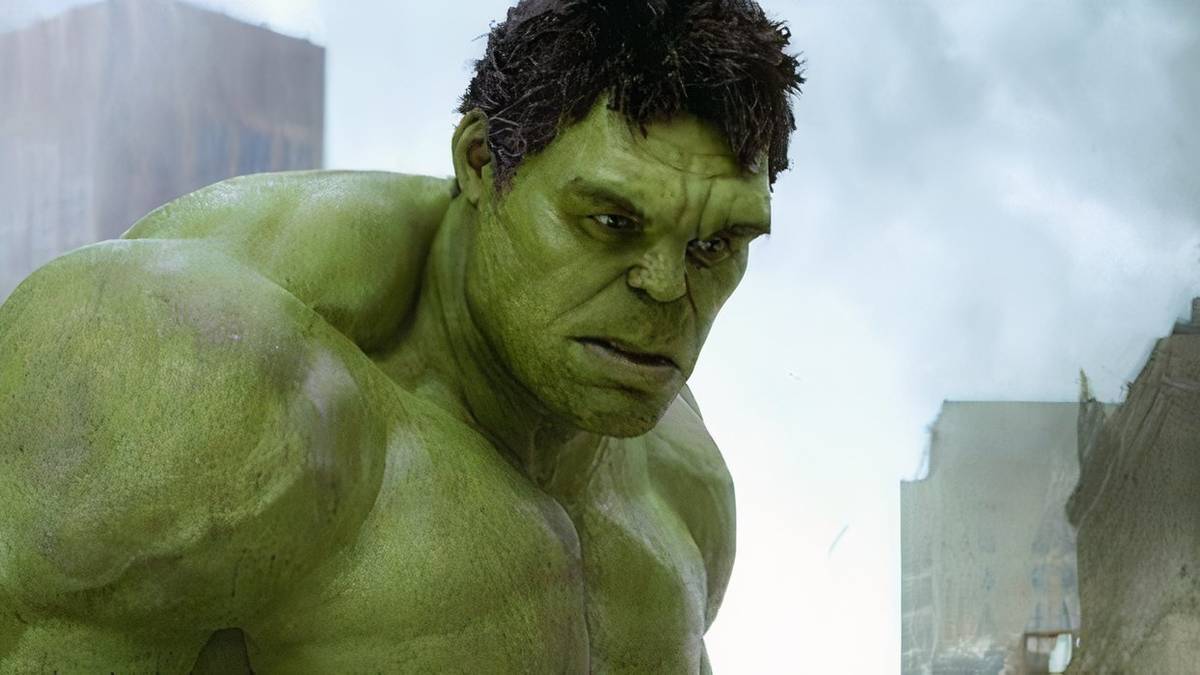

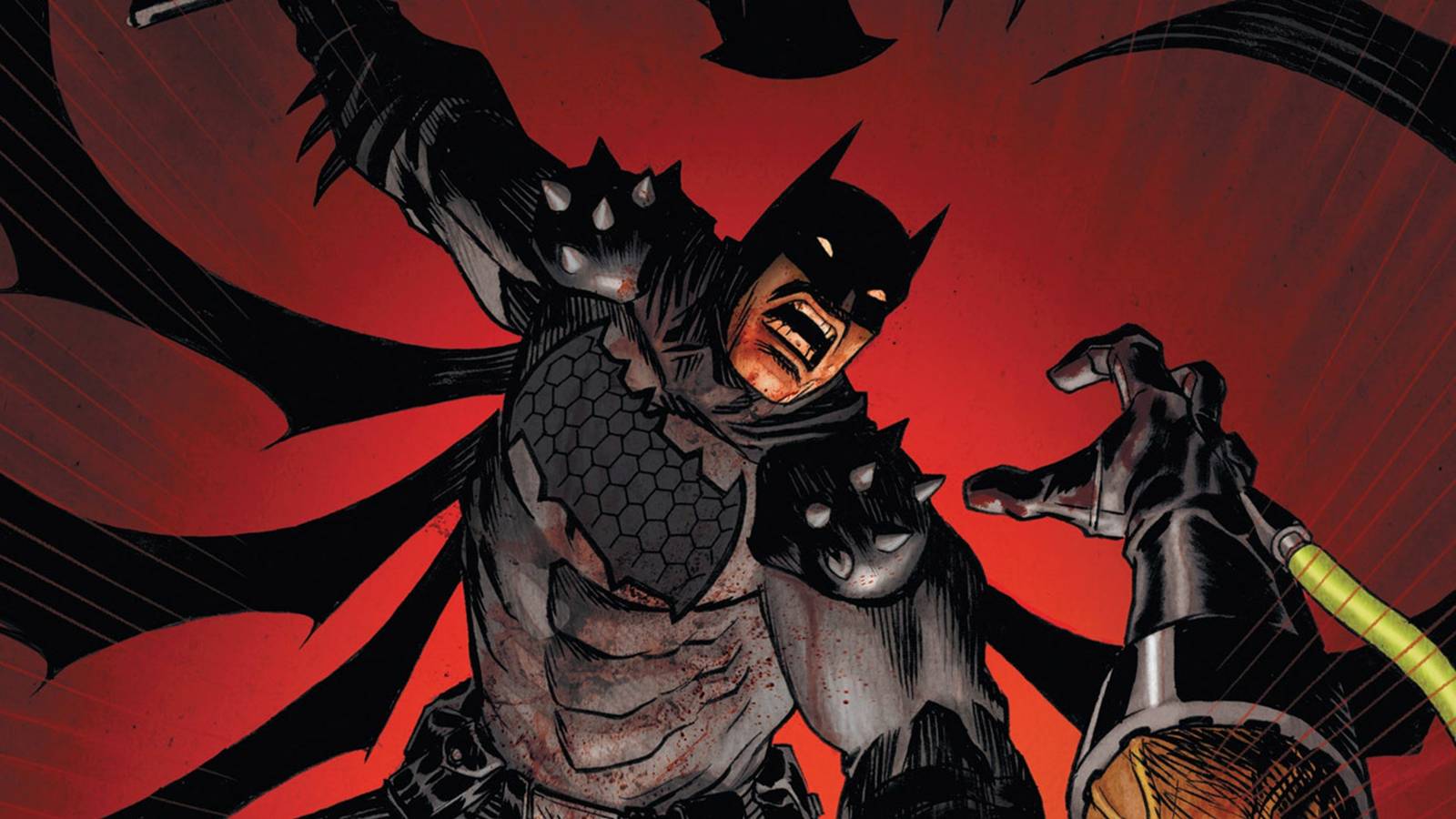
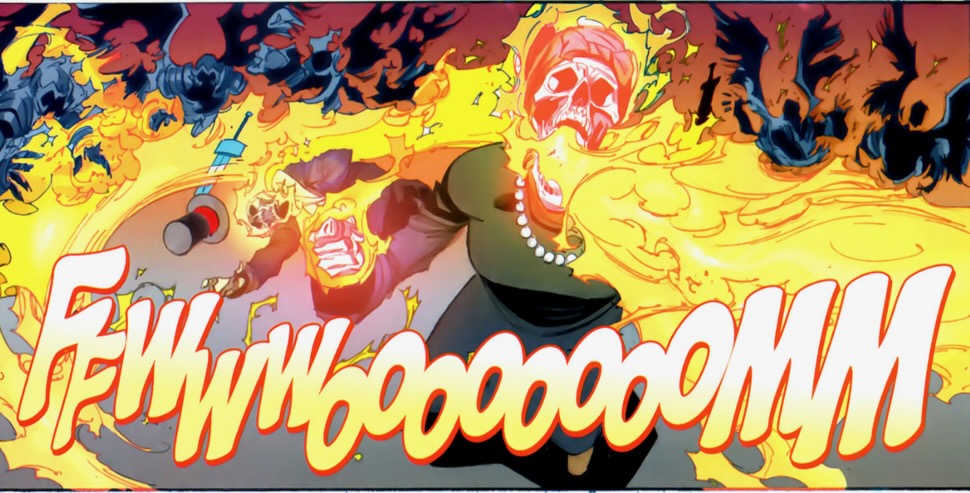
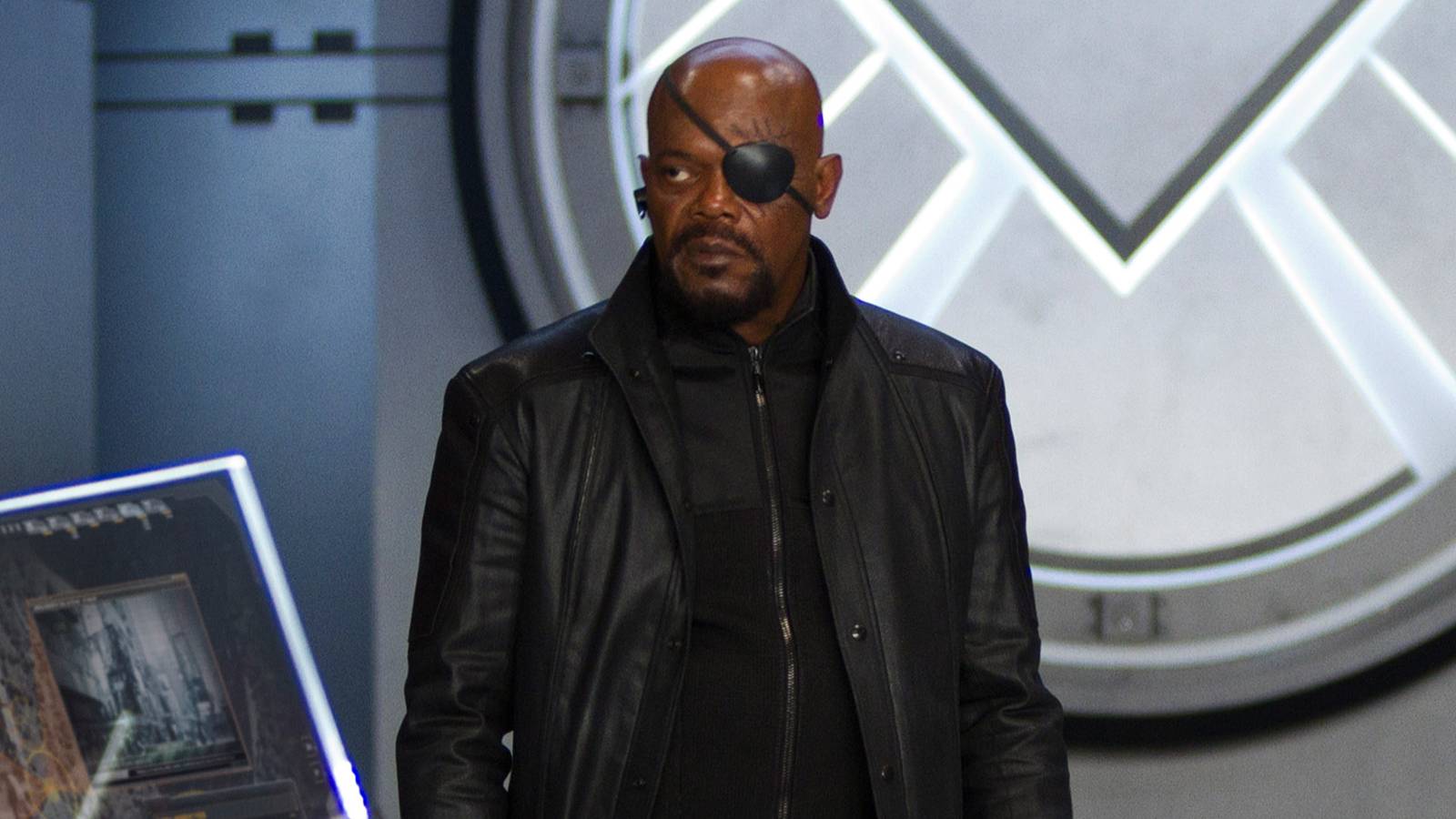
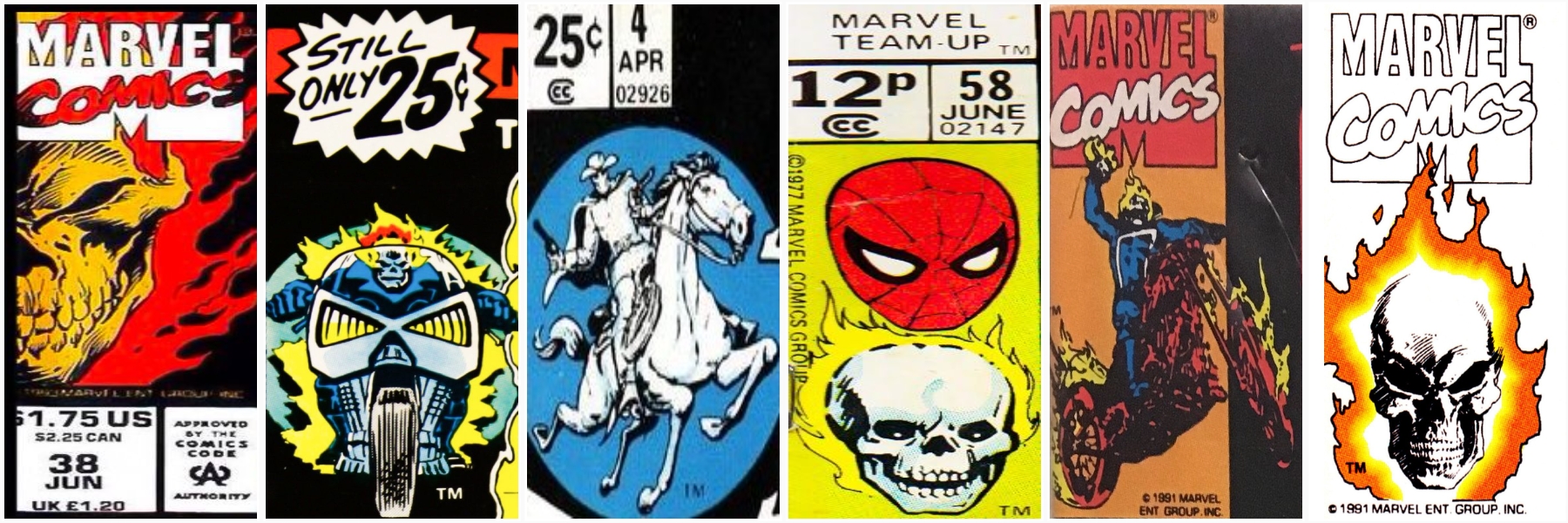


![Ghost of Yōtei First Impressions [Spoiler Free]](https://attackongeek.com/wp-content/uploads/2025/11/Ghost-of-Yotei.jpg)


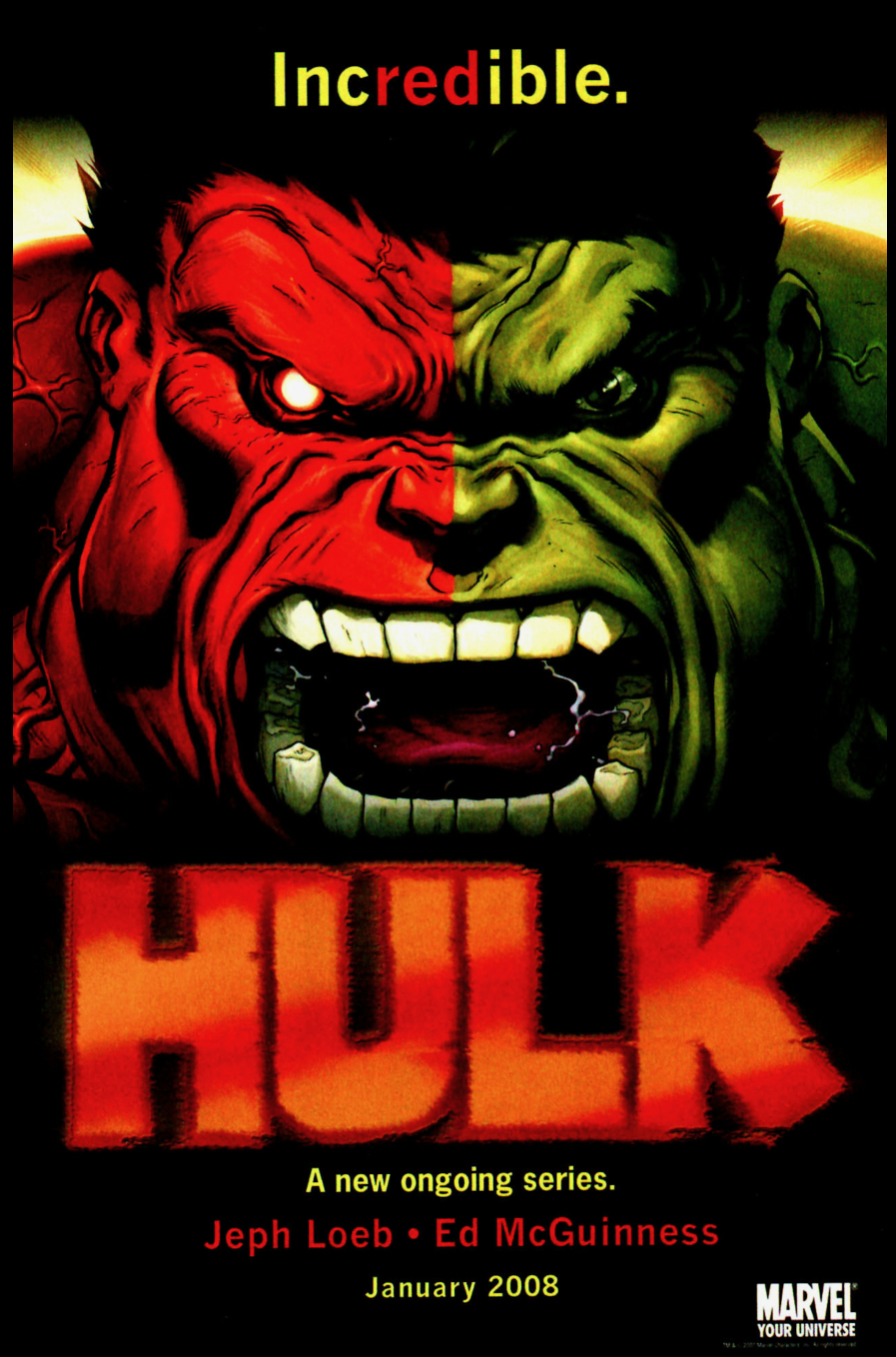
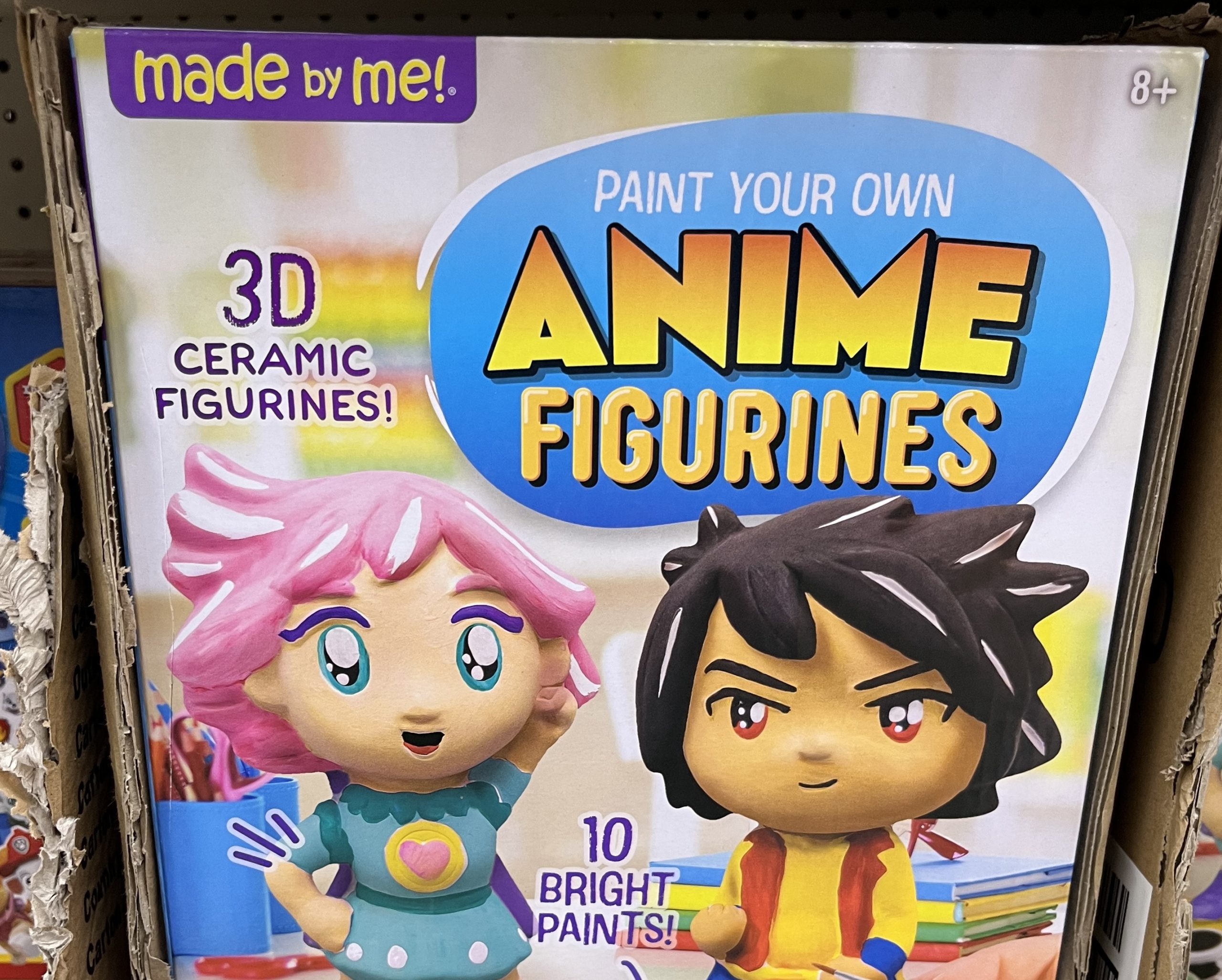
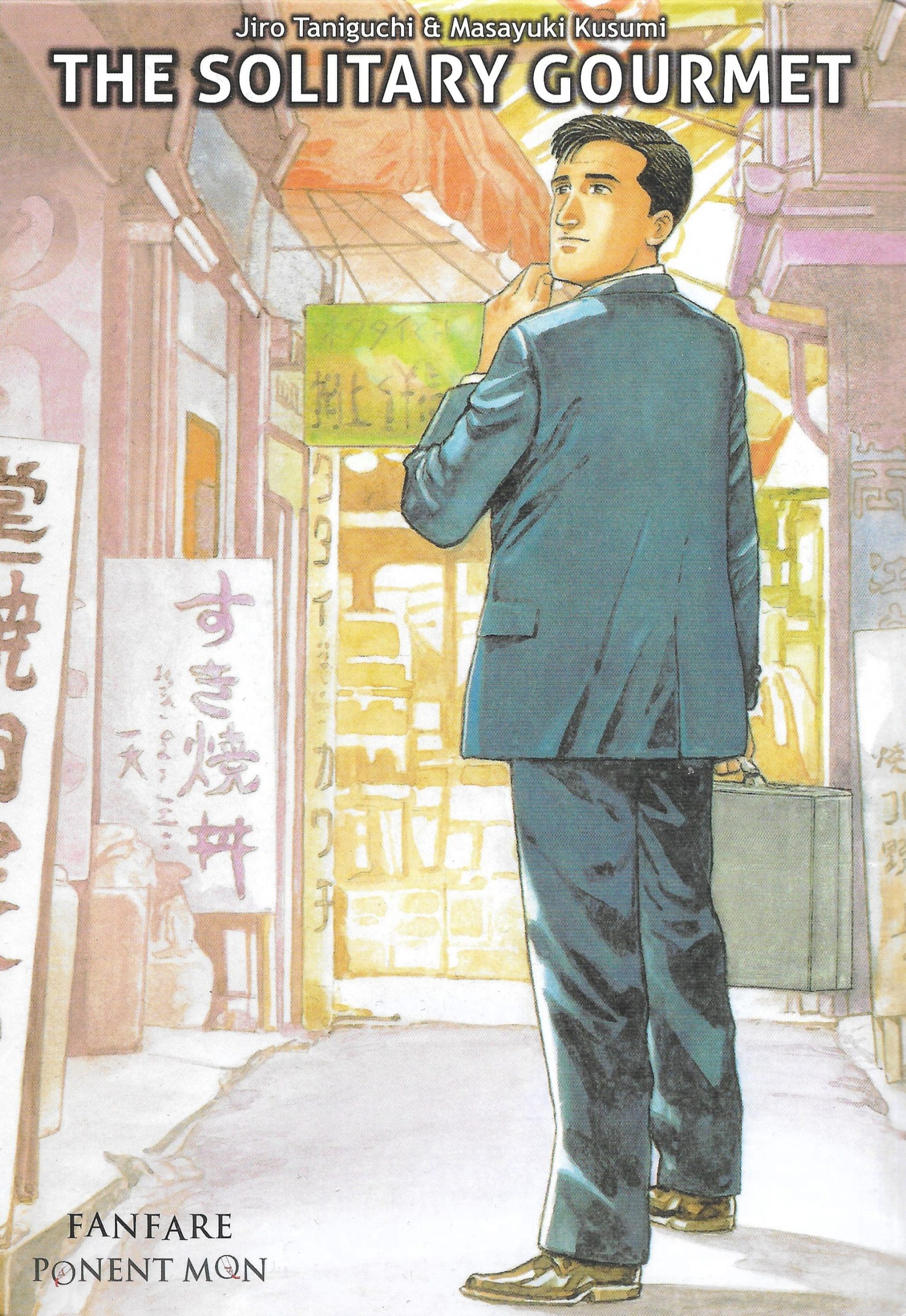
 English (US) ·
English (US) ·